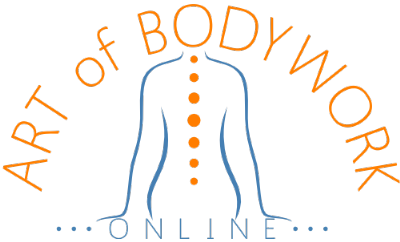SHOULDER ABDUCTION
Please scroll to the bottom of the page to enable translation for the entire text. | |
Then click the printer symbol to print the instructions in your chosen language. | |
Please note this is an automatic translation, which means there may be some errors. |

Copyright © Alastair McLoughlin 2015 Revised © Alastair McLoughlin 2019 and 2022
The right of Alastair McLoughlin to be identified as the original Designer, Developer and Author of the Work has been asserted by him in accordance with the Copyright, Design and Patents Act 1998.
All rights reserved. No part of this text may be reproduced, stored in a retrieval system, or transmitted in any form or by any means without the prior written permission of the publisher, nor be otherwise circulated in any form of binding or cover, or reprinted in any physical or electronic manner without the written consent of the author.
The ideas and concepts explored within this text are those of the author. For educational purposes only.
No diagnosis is being offered nor any cure promised by the application of this information.
Alastair McLoughlin cannot be held responsible for any injury arising from the application of this work by the practitioner to any third party however caused.
This work is not a substitute for medical attention. Please seek your physician’s advice if in doubt.
This is rapid and easy to apply.
See the instructional video presentation for clarification and exact finger placement.
 INDICATIONS FOR USE
INDICATIONS FOR USEWhen abduction of the arm/shoulder is restricted.
This work also complements and contributes to additional improvement with the AoB Respiration procedure.
Apply this sequence AFTER the Respiratory procedure to augment the effect.
 CAUTIONS OR CONTRAINDICATIONS
CAUTIONS OR CONTRAINDICATIONS Please exclude the possibility of any bony fracture or problem due to a recent injury that persists and is not responding to treatment.
Refer for medical diagnosis if you are unsure about any undiagnosed medical condition.
 Position of the patient:
Position of the patient:Standing or seated for both assessment and application of AoB moves.
Ask the client to carry the arm into abduction, as shown in the video presentation.
We demonstrate reduced abduction at various angles of elevation.
Note the range of movement so a comparison can be made, post-treatment.
Sometimes pain is felt in the shoulder when the arm is abducted.
Sometimes tightness of the shoulder joint is experienced.
 Application of the AoB procedure:
Application of the AoB procedure:Locate the correct starting and finishing points for this series of moves - as shown in the video presentation as:


(a) - > (b)
and also in the second video sequence as:


Apply the movements as shown, using the pads of the fingers - usually three fingers.
Apply the work to both sides of the body (for both shoulders) IF this is indicated.
 Reassessment:
Reassessment:Reassess the client - as shown - by asking the client to abduct their arm - as far as it can moved comfortably.
There should be an immediate release and improved freedom of movement in the shoulder, although you may have to repeat this sequence again for stubborn abduction problems.
 How it works:
How it works:This sequence helps release the side line of fascia that runs along the outer part of the torso as well as Serratus Anterior and Latissimus Dorsi.
Restriction or tension of the fascial layers can prevent shoulder abduction.
In a similar way, this sequence assists with respiration and is complementary to the AoB Respiratory procedure.

